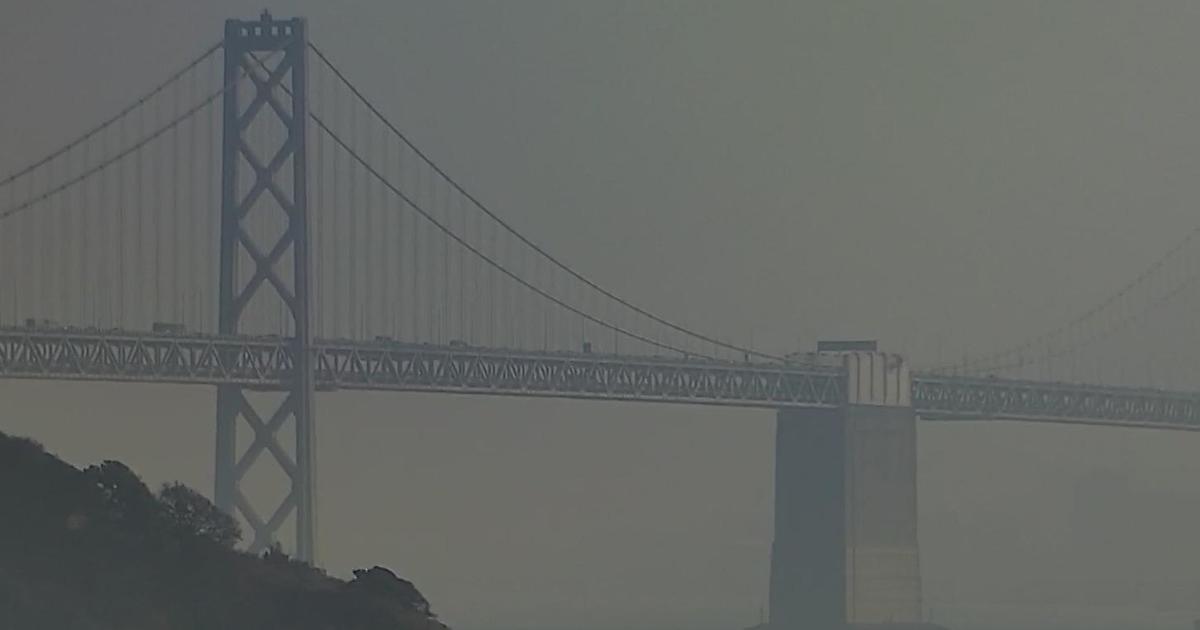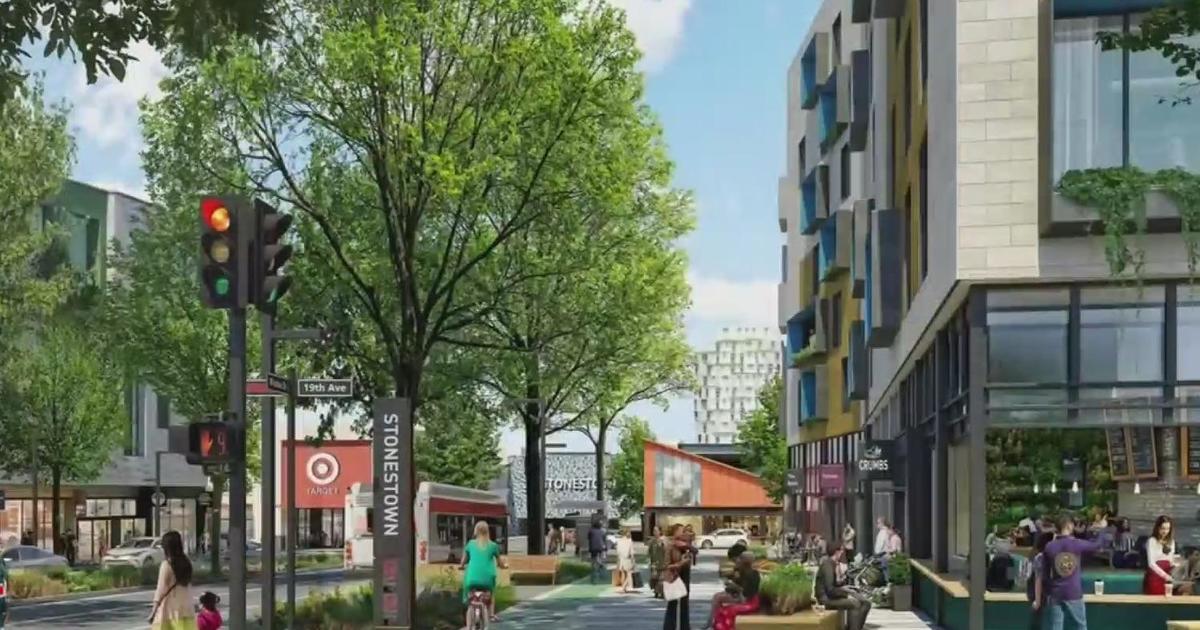NTSB Critical of Caltrans Highway Barrier Maintenance In Wake Of Fatal Tesla Crash
SAN FRANCISCO (CBS SF/AP) — In the wake of a March 2018 fatal Tesla crash in Mountain View, the National Transportation Safety Board has issued a safety recommendation urging California transportation officials to move faster to repair highway safety barriers damaged by vehicles.
The NTSB recommendation Monday comes in a report that says California officials failed to fix a highway safety barrier before the fatal March 2018 crash that killed an Apple engineer. The barrier had been damaged 11 days before the Tesla in Autopilot mode crashed into it.
"Rather than wait to complete all facets of this crash investigation, we have moved ahead with issuing this safety recommendation report in the interest of motorists' safety," said Robert Molloy, Director of the NTSB's Office of Highway Safety. "Our review of Caltrans maintenance records identified examples of delayed repair of the crash attenuator at this location, including one damaged in January 2017 that was not repaired until April 2017."
The federal agency says it previously identified problems in a fatal 2016 crash in San Jose when a barrier damaged 44 days earlier had not been fixed.
California Department of Transportation spokesman Matt Rocco says the department is reviewing the NTSB report to determine its next steps but declined to answer questions.
In the Mountain View crash, the 38-year-old driver of the 2017 Tesla Model X P100D died from blunt force trauma injuries he suffered when, at a speed of about 71 mph, the vehicle struck a non-operational SCI SmartCushion® 100GM crash attenuator on US Highway 101.
The car then rotated counterclockwise, and subsequently collided with two other vehicles.
"The attenuator, a device intended to protect motorists by reducing collision forces, was not operational, having been damaged due to a March 12, 2018, crash – 11 days before the fatal Tesla crash," the NTSB said.
At the time of the crash, the Tesla's driver was using Traffic Aware Cruise Control and Autosteer (a lane-keeping assist system) which are features of the Advanced Driver Assistance System Tesla calls "Autopilot."
The Tesla's high-voltage battery was breached during the collision sequence and a post-crash fire ensued. The driver was removed from the vehicle by bystanders before the car was engulfed in fire.
The NTSB's ongoing investigation of this crash will, when complete, state the probable cause and will discuss any role the Tesla's advanced driver assistance system may have had in the crash. The final report for this crash, and a safety report on electric vehicles are forecast to be completed in the first or second quarter of calendar year 2020.



